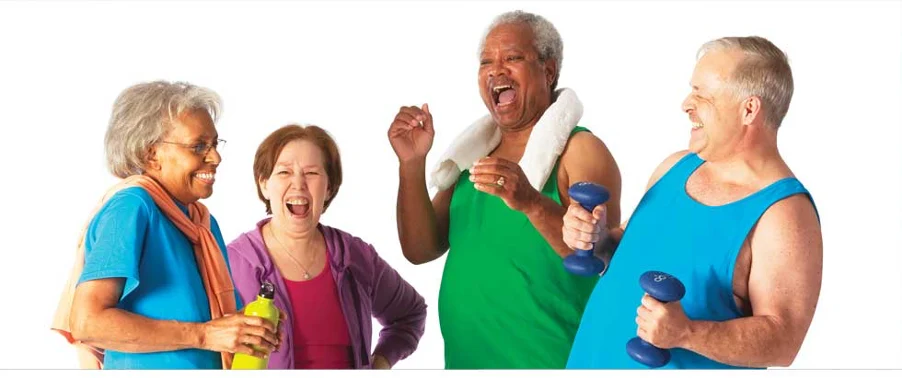Bone mass usually beings to decline in the second third of our life and if the bone loses too much, you can develop Osteoporosis. If the bone becomes thin and less dense, you can cause a serious fracture from even a minor bump or fall. Osteoporosis usually has no noticeable symptoms until a fracture occurs and is often called the ‘”silent disease”. As your bones become more fragile, its yield point for a fracture decreases and less force is required to break it.
Risk factors of Osteoporosis include:
- Being over the age of 50
- Women during and post menopause
- Genetics / family history
- Low calcium and vitamin D levels
- Sedentary lifestyle
- Smoking and excessive alcohol intake
- Weight (thin body build or excessive weight)
If you fit in to one or more of these categories, it is best to speak to your GP about getting a bone scan. You may fit into the Osteoporosis or Osteopenia category, depending on how much bone mineral you have lost. It is important that significant loss is detected early so that it can be managed.
What can you do if you are diagnosed with Osteoporosis or Osteopenia?
Your GP will often recommended increasing your calcium and vitamin D intake, as well as commencing an exercise program. Further, discussing a referral to an Exercise Physiologist with your GP to get a home exercise program may be appropriate.
How can Exercise help bones?
Like muscle, bone is living tissue that can get stronger through exercise. Bones become stronger with a certain amount of impact or extra strain. Specifically, weight bearing and resistance training exercise.
What exercise can I do at home to help prevent bone loss?
- Brisk walking, jogging, running and hiking
- Foot stomps (marching on the spot and imagining you are crushing something under your foot)
- Bicep curls and over head press (use a water bottle or milk if you don’t have weights at home!)
- Hip leg lifts (stand behind a chair and hold on, kick your leg out to the side)
- Sit to stands (standing up and sitting down from a chair)
- Standing on one leg (practice your balance! Make sure you are close to a sturdy piece of furniture or a wall)
It is important that you exercise at least 3 times per week and challenge yourself (lifting something heavier for fewer repetitions has been shown to be more effective than lifting lighter weights with many repetitions).
Joining a group exercise class if you are at risk or have lower bone density is a fun and enjoyable way of preventing further decrease in bone mass. They can also assist with falls prevention by strengthening the muscles that assist in standing and walking.

If you are over 50 and would like to join like-minded individuals in preventing or reducing further loss in bone density, contact Optimum Health and Performance and get started in our group exercise classes.




